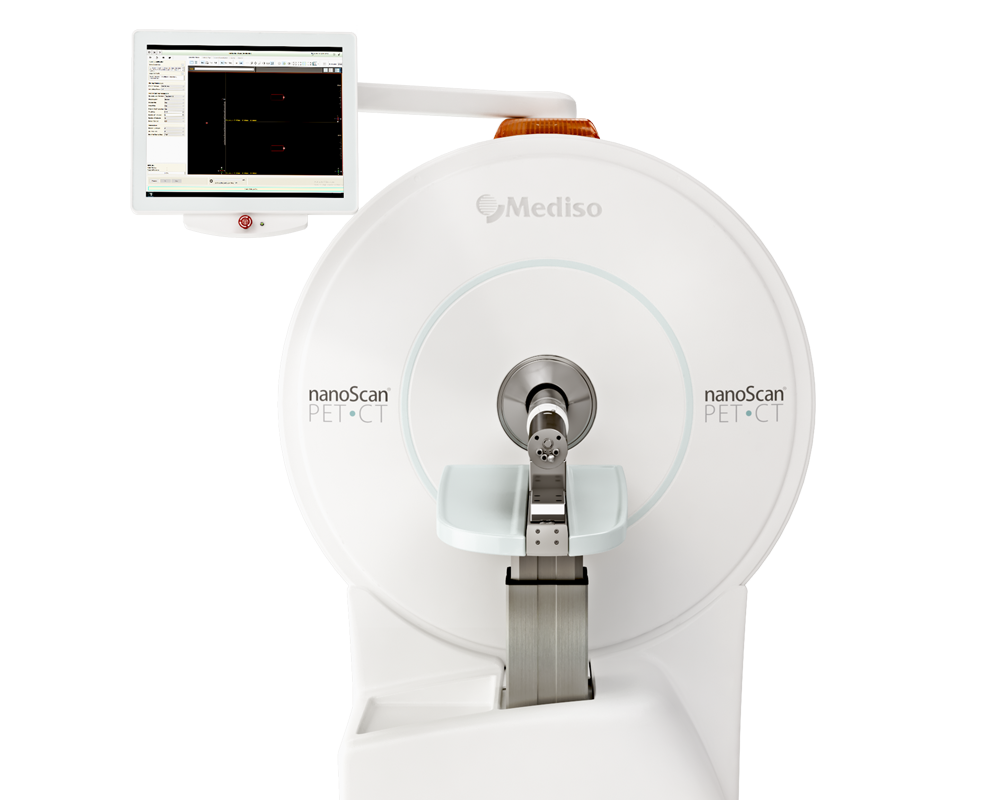Adaptive Multi-Epitope Targeting and Avidity-Enhanced (AMETA) Nanobody Platform: Leveraging Diverse Mechanisms for Ultrapotent, Durable Antiviral Therapy
2024.11.27.
Yufei Xiang et al., Cell, 2024
Summary
Pathogens, known for their high genetic diversity, constantly develop escaping mutations that evade host immunity and treatment. Mitigation of pathogen’s mutational escape requires targeting multiple evolutionarily conserved vulnerabilities, as changes often incur penalties to pathogen fitness. We introduce AMETA, a modular multivalent nanobody platform. AMETA conjugates potent and bispecific nanobodies to the human IgM scaffold. It can be armed with 20 (or more) nanobody warheads, enabling superior avidity binding against multiple conserved and neutralizing epitopes. Using multi-epitope SARS-CoV-2 nanobodies and structure-guided design, we have crafted AMETA constructs that exponentially improve antiviral potency, surpassing nanobody monomers by over one million-fold. These constructs demonstrate ultrapotent, broad and durable effectiveness against pathogenic sarbecoviruses, including highly evolved Omicron sublineages, showing high preclinical efficacy. Structure analysis by single-particle cryo-electron microscopy, cryotomography, and modeling has unveiled multiple unprecedented antiviral mechanisms within a single construct. At picomolar to low nanomolar concentrations, it can efficiently promote inter-spike and inter-virus cross-linking, induce the spike’s post-fusion state and strikingly disarm the virus. By simultaneously targeting multiple conserved epitopes, AMETA achieves enhanced avidity and maximizes antiviral effectiveness and shows promise in mitigating future escapes. Its modularity harnesses swift, cost-effective nanobody production and engineering, enabling rapid adaptation to pathogen evolution through updated nanobody designs.
Results from nanoScan® PET/CT
89Zr-labeled AMETA (275.5 ± 43.5 mCi) was intranasal injected in C57BL/6 mice. Two, fourteen, twenty-four, and forty-eight hours later, mice were anesthetized using 1.0% isoflurane in O2 at a flow rate of ~1.0 liter/min. PET/CT scans were performed using a Mediso nanoScan PET/CT (Mediso, Budapest, Hungary). A whole-body CT scan was performed (energy, 50 kVp; current, 180 mAs; isotropic voxel size, 0.25 mm) followed by a 20-min PET scan. Reconstruction was performed with attenuation correction using the TeraTomo 3D reconstruction algorithm from the Mediso Nucline software. The coincidences were filtered with an energy window between 400 and 600 keV. The voxel size was isotropic with 0.4-mm width, and the reconstruction was applied for four full iterations, six subsets per iteration.
- Labeled AMETA4 with ⁸⁹Zr and delivered intranasally to C57BL/6 mice, and Whole-body PET/CT scans performed at multiple time points post-delivery
- Rapid distribution in the respiratory tract:
- Initially high signals in the nasal cavity, but dropped below detectable levels within 24 hours.
- Strong lung retention detected throughout the 48-hour analysis period.
- Minimal systemic distribution:
- Low signal in bloodstream and other organs, suggesting limited off-target effects.
- Exception: Gastrointestinal tract showed nonspecific PET signals, likely due to accidental swallowing during intranasal dosing.
- Sustained presence in the lungs
- Ex vivo gamma counting at 72 hours confirmed significant enrichment in lung tissue.
- Indicates potential for targeted respiratory therapies with prolonged lung retention.

Figure 4. (A) Intranasal administration of 89Zr-labeled AMETA4 (275.5 ± 43.5 mCi) in C57BL/6 mice (N=5) was followed by a 20-minute PET scan to monitor AMETA4’s distribution. Representative 3D reconstruction images are shown. (B) Mice were euthanized 72 hours post-injection, and tissues were analyzed for radioactivity. Gamma-counting determined the residual tracer, corrected for decay, and expressed as a percentage of the injected dose per gram of tissue (%ID/g). (C) Experimental design summary: mouse-adapted SARS-CoV-2 (1 × 104 PFU) was intranasally administered to three groups of S/129 mice (N=8). AMETA4 (2.2 nmole/kg or 2 mg/kg) was delivered intranasally either 6 hours before (green squares) or 6 hours after (purple triangles) infection. A control group received isotype IgM (gray circles, 2.2 nmole/kg), and a group of uninfected animals served as additional controls. Daily monitoring of animal weight changes was conducted, and animals were euthanized for lung tissue viral titer analysis on day 3. (D) Body weight changes over time, expressed as a percentage. Significant differences are marked with *** (P < 0.001). (E) Viral titers in lung tissues at 3 days post-infection (d.p.i.), showing significant reductions in treated groups compared to controls. Significance levels are indicated as **** (P < 0.0001) and * (P < 0.05). (F) Lung pathology scores, comparing treated and control groups.
How can we help you?
Don't hesitate to contact us for technical information or to find out more about our products and services.
Get in touch